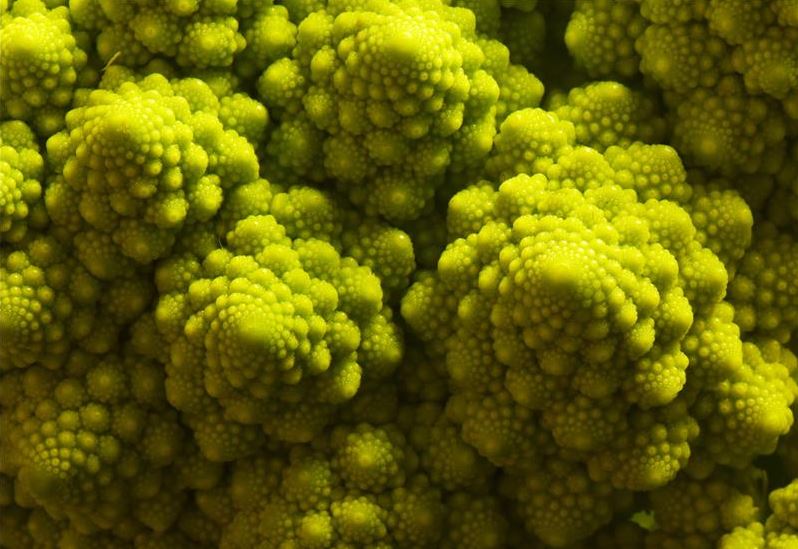The ability to calculate the number of possible fatty acids is of great importance for their chemical analysis (‘lipidomics’) and a new paper states the number of possible fatty acids with increasing chain length rises at each step by a factor that agrees with what is called the ‘Golden Ratio’. The Golden Ratio is essentially a ratio that is the midpoint between asymmetry and symmetry, when "the whole is to the larger as the larger is to the smaller". In numerical terms, it is 1.618.
It was Leonardo Da Vinci who first used the term golden ratio but it was known prior to that. Stairways, buildings, paper sizes and lots of other things use it in their designs because it is inherently pleasing to us. In music, the octave, fifth, and major and minor sixths are ratios of consecutive numbers of the Fibonacci sequence, making them the closest low integer ratios to the golden ratio.
Later, American mathematician Mark Barr used the Greek letter Φ (phi) to represent it and that is common today.
And so we come to sunflower seeds. Light-yellow vegetable oil pressed from sunflower seeds has a wide range of uses and is considered extremely healthy in Europe because it contains a large proportion of unsaturated fatty acids and Europeans are trapped in 1965 about many science issues. These are fatty acids with hydrocarbon chains that contain one or more double bonds. “As these double bonds can occur at different places in the molecule, there are fatty acids with the same chain length, but a different structure,” explains Prof. Stefan Schuster of Friedrich Schiller University Jena.
Schiller and colleagues recently had an interesting lipodomics finding. They were able to prove not only that the number of naturally occurring fatty acids with increasing chain length can be predicted in an elegant fashion, but also that this number is in line with the well-known Fibonacci sequence. In this sequence, named after the Italian mathematician Fibonacci (around 1170 to 1240), each number is the sum of the two previous numbers: 1, 1, 2, 3, 5, 8, 13, 21, etc. “In the case of fatty acids, this means that the number of possible fatty acid structures increases by a factor of approximately 1.618… with each additional carbon atom,” explains Schuster. The longer the chain, the closer the sequence gets to this factor. While only one structure is possible for chain lengths with one or two carbon atoms, when there are three or more carbon atoms, this number increases to two, three, five, etc. “Six atoms already give us eight possibilities, with seven carbon atoms there are 13 possible structures, and so on.”

Mathematics in the Romanesco broccoli. The spiral structures are based on the Fibonacci sequence, which can be observed in nature, but also in art. Photo credits: Jan-Peter Kasper/FSU
“The leaves of many plants or the seeds of the sunflower are also arranged according to this rule,” says Prof. Severin Sasso of the Institute of General Botany and Plant Physiology of the University of Jena. The Assistant Professor for Molecular Botany is one of the authors of the recent publication, alongside doctoral candidate Maximilian Fichtner. “It is interesting that specific substances contained in sunflowers – the fatty acids – follow this principle.” However, sunflower oil contains by no means all possible fatty acids. It consists mainly of fatty acids with a chain length of 16 or 18 carbon atoms. According to the calculations done by the bioinformatics researchers in Jena, there could be just under 1000 variants of fatty acids with a chain length of 16 atoms or over 2500 variants for those with 18 atoms. “Similar correlations also occur in certain classes of amino acids,” adds Maximilian Fichtner.
Citation: Schuster S et al. Use of Fibonacci numbers in lipidomics – enumerating various classes of fatty acids. Scientific Reports 7 (2017) 39821, DOI: 10.1038/srep39821.





Comments